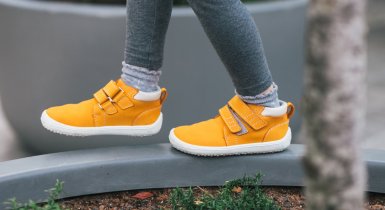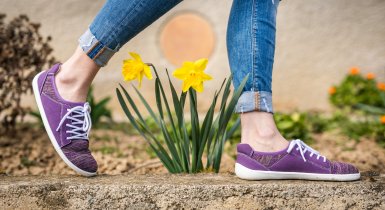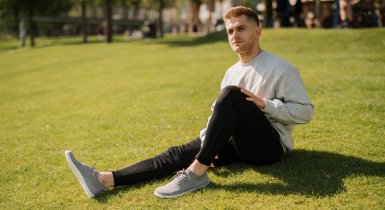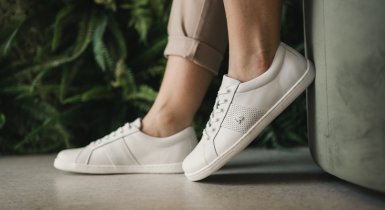Back pain, joint pain and poor body posture
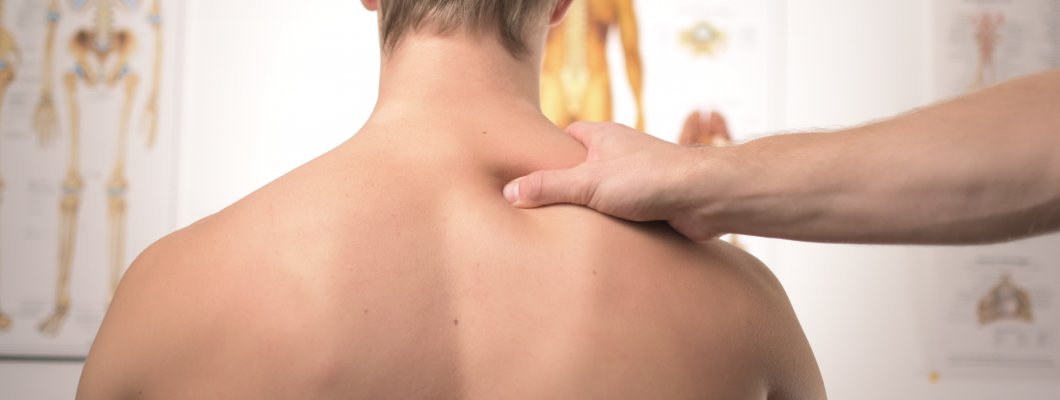
Has your back been causing a bit of a stir lately? Most people with back pain draw the conclusion that there must be a problem with their spine. But that does not necessarily be the case. Maybe your shoes are to be blamed for your troubled back. Ill-fitting shoes do more harm than one might have taught. Especially, prolonged wearing of ill-fitting shoes or wearing high heel shoes. We know, we know. Legs in high heels look sexy and sky-high, BUT (actually, there are way more buts to this) is it worth it? Trading our health for sexy legs in classy stilettos? If you are dying to know why and how do shoes affect our health, keep on reading.
How can shoes affect our health?
Wearing ill-fitting shoes puts our health at considerable risk. However surreal it may sound, it cannot be more accurate. Our feet are one of the most crucial body parts when it comes to the overall movement. Our feet carry the weight of our bodies, and they carry it wherever we want and whenever we want. They do deserve a little love, right? For doing this job for us (and for free :) ). Feet form the foundation for our bodies and play a critical role in helping us maintain balance while standing, walking and running. Wrong shoes do not provide the support they need; therefore, they struggle. And if our feet struggle, our body hurts. This is called a kinetic chain – the movement of one joint affects another. What type of shoes hurt our feet the most? High heels are, without a doubt, the biggest culprit... How? Why?
What harm do high-heel shoes do?
When standing straight, most of the bodyweight will be concentrated at the heel region, then metatarsal region (part of the bones of the mid-foot) and the toes. Shoes with elevated heels sabotage this process and weight cannot distribute evenly. Wearing heels change our posture. Our chest is forced forward, and our pelvis is tilt toward the front. As a result, the natural S-curve of the spine is thrown out of alignment, which places our back muscles under considerable stress as they try to keep our body stable. In some cases, not having our spine in alignment even cause nerve pain that can extend from the back through the leg.
No matter what, are you still dreaming about wearing sky-high shoes? If you are willing to risk feet pain, backache, wrong posture, nerve pain and many more, do whatever floats your boat. But do yourself a favour and don't wear high heeled shoes very often and for too long. Give your feet a break they deserve :).
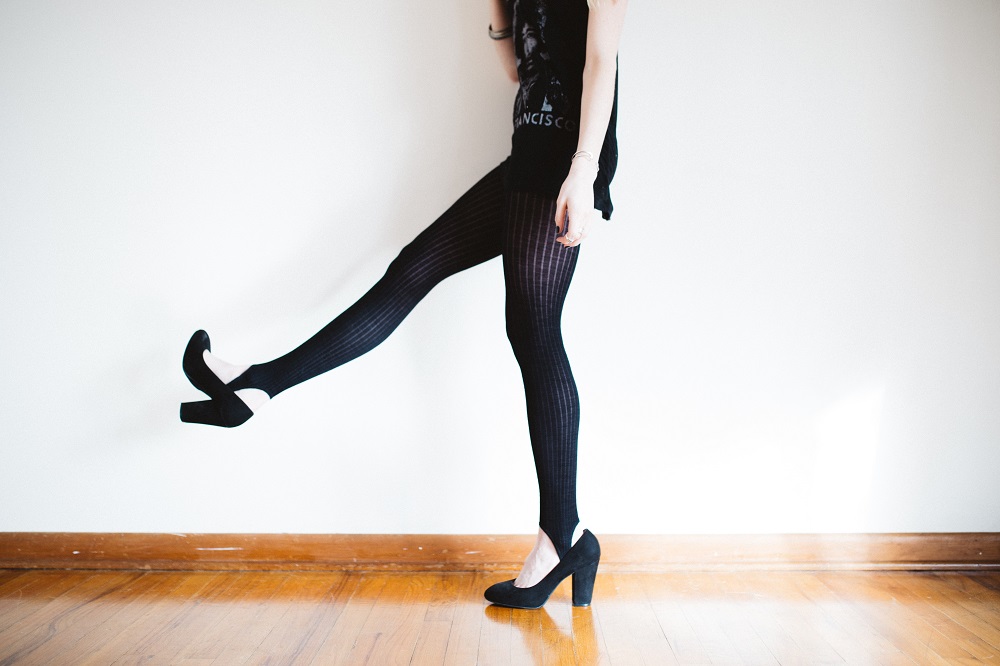
What can I do to feel better?
Ill-fitting shoes can cause a wide plethora of problems. Fallen arches, hallux (bunions), back pain or wrong body posture are just some of them. What can you do to protect yourself? Make conscious and wise choices when it comes to footwear. Shoes should not have elevated heels, they should not be too narrow, tight or small, they should mirror your feet perfectly. In general – opt for shoes with no elevated heels and pick the right size.
How do you know which shoes are right?
You do not need to be a nuclear scientist to understand what is right for you :). Use common sense. Just one look at your bare feet should give you the answer you are looking for. Let be the shape of your foot your guiding light in a sea of footwear options. So, what do you see? Your heels make you feel safe and grounded, you feel the gravity pulling you toward the earth. So, point number 1, no heels neede to have your feet happy :) You can see your toes spread widely. Point number 2, shoes with pointed or tight toe box are not right. Thus, look for shoes with a roomy front. They will provide your toes with enough room to spread free and behave naturally.
Generally, your feet are designed to walk bare-foot, to feel the terrain beneath them, to feel every sensation the ground offers. So, number 3, no thick soles. In summary, no heels, no thick soles, no pointed shoes. Ta-da, the basic 3-points-rule to follow when looking for the right shoes.
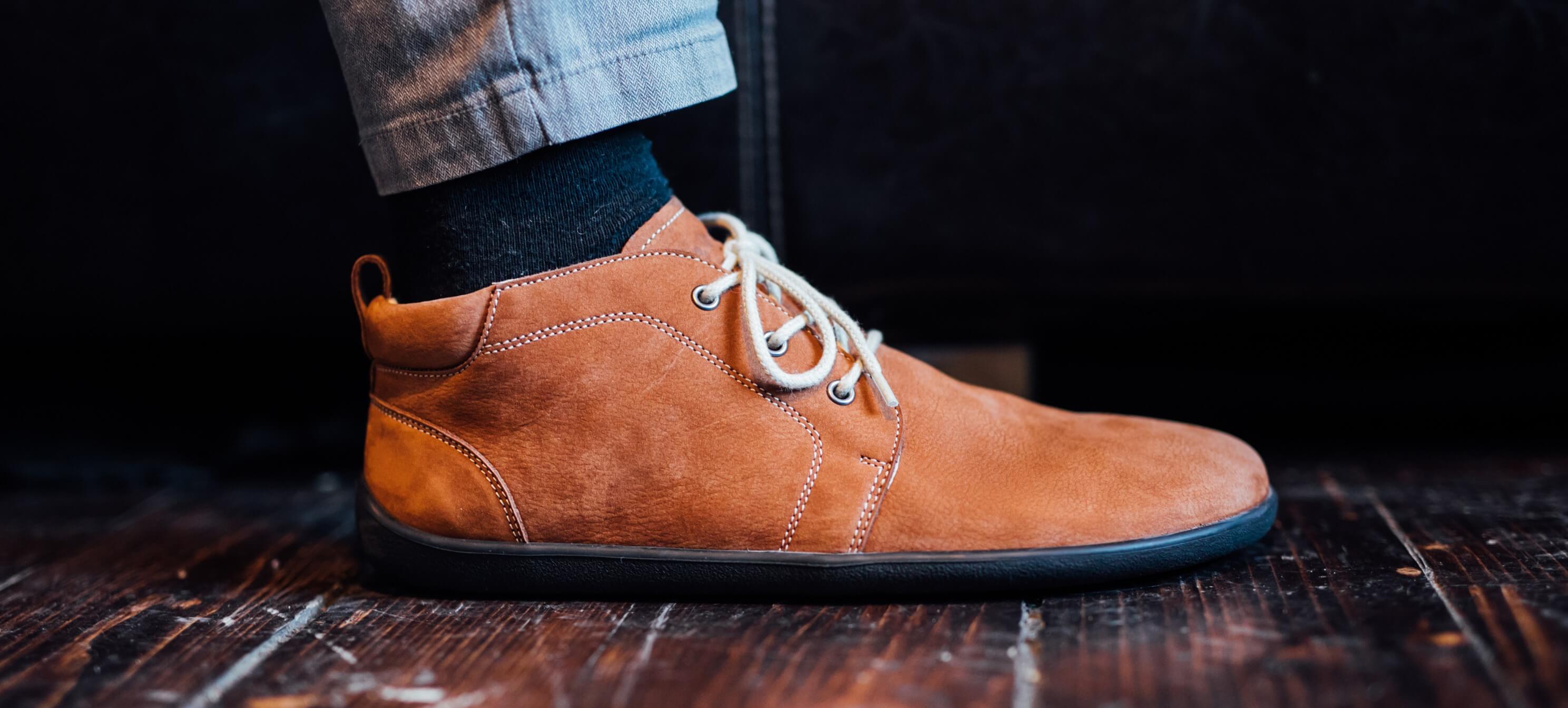
Furthermore, ditch wearing shoes whenever you can and enjoy being barefoot. Walking barefoot in summer? No problem. At home? With pleasure. Of course, we know walking barefoot to work is not what you dream of, considering all the dirty pavements, but what if we tell you there is a way out of the woods? Barefoot shoes!
Barefoot shoes should be your conscious choice number one if you want your feet healthy. As barefoot shoes are very different from the traditional form of footwear, it is essential to be aware of their key features to make sure you are buying quality barefoot shoes:
- The sole of the shoe must be flexible and very thin, max 6 mm. Only sole this thin can make the foot feel the ground
- Zero drop is a must – this is the height difference between the heel and the toes, the whole foot must be levelled
- Barefoot shoes must have a wide front part to allow enough room for toes. The shoes mirror the natural shape of the foot but do not copy it too tightly.
- Barefoot shoes should be lightweight and contain no orthotics/foot inserts.
And what about the health benefits of barefoot shoes?
- Strong muscles, healthy feet
- Barefoot helps you to be pain-free
- Barefoot brings you joy
- A whole-body reboot
- Better balance
More information about barefoot shoes and their health benefits can be found here.
So, how does it sound? Are you intrigued? Check our company Be Lenka – A crew of smart folks from Žilina who combine progressive approach in barefoot footwear with affordability and accessibility. What more can one want? Health benefiting, stylish and original footwear for a reasonable price? Dreams came true :)


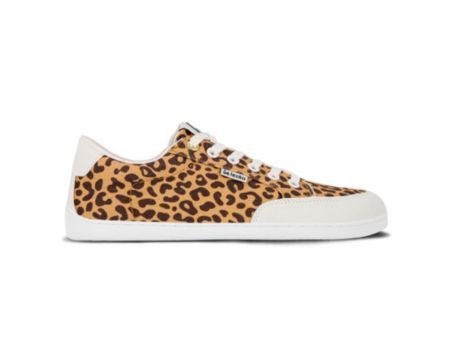

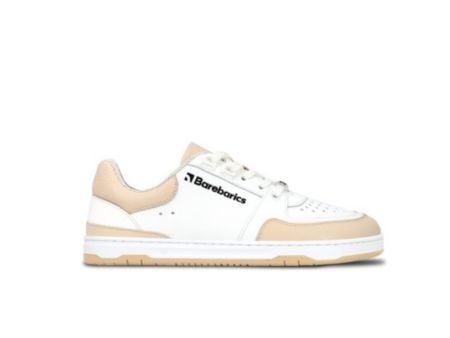
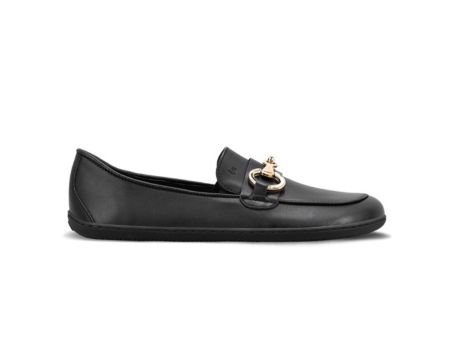
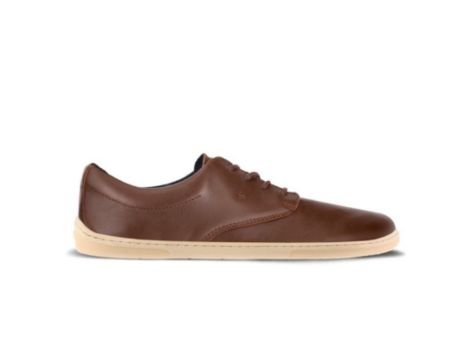

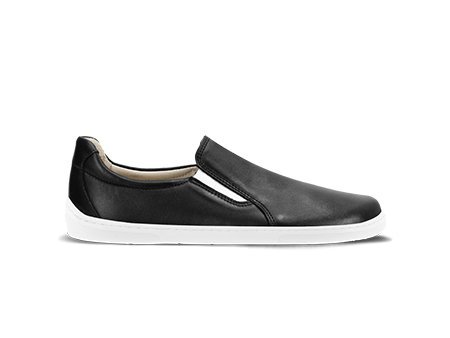

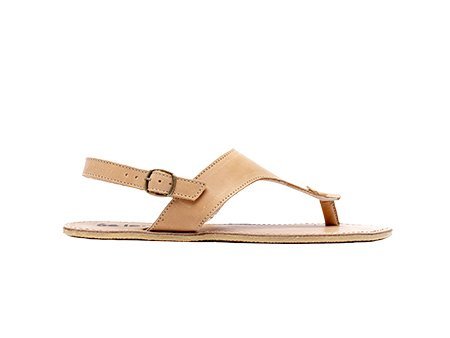
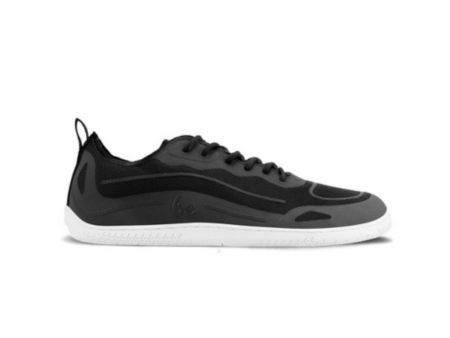
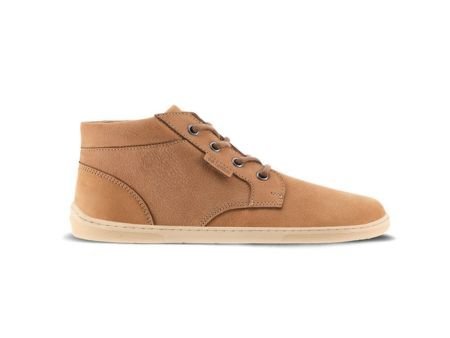
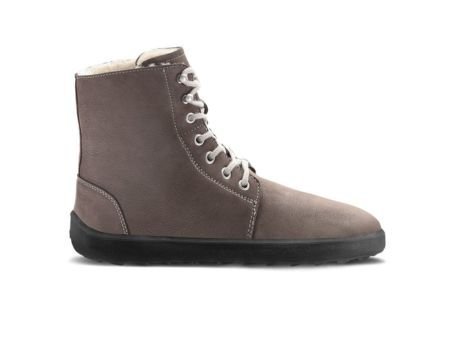
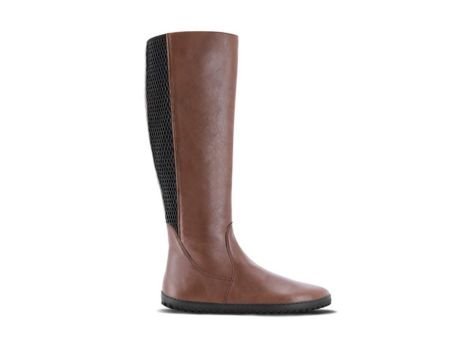


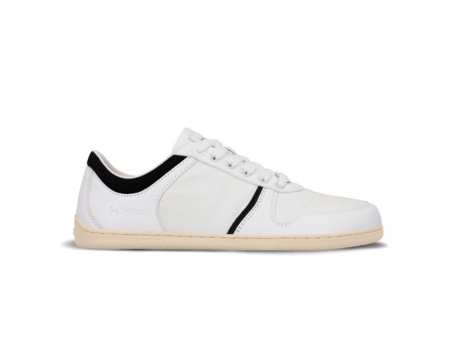
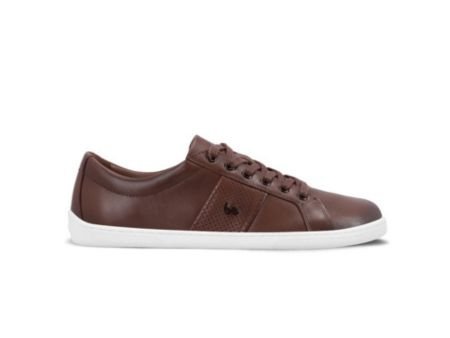
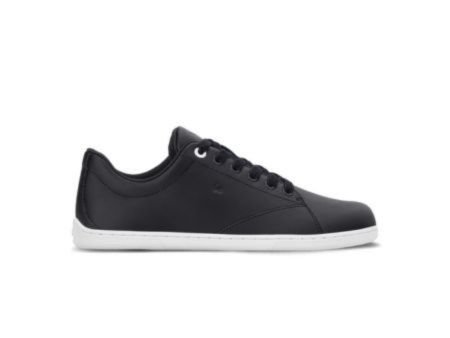
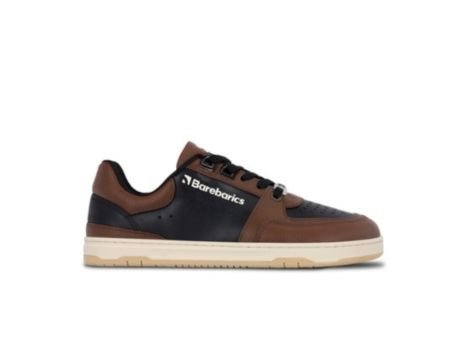
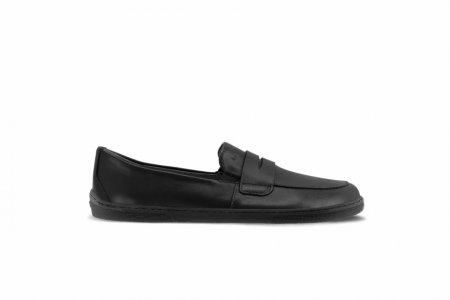
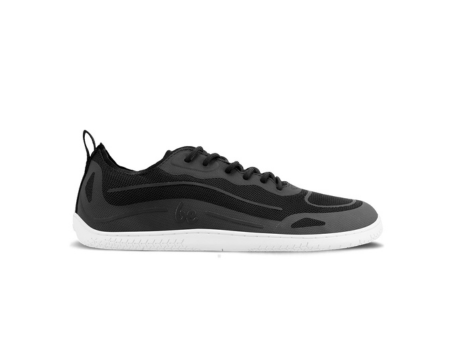



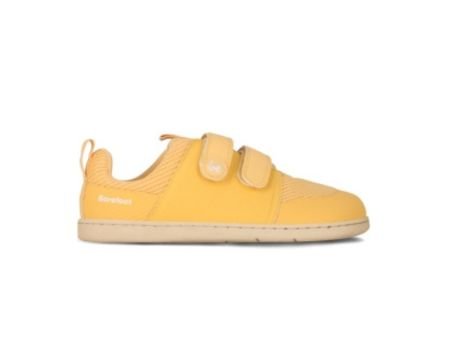

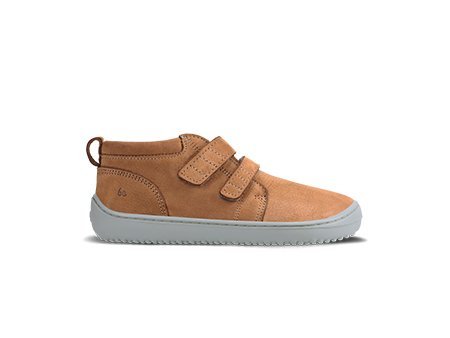
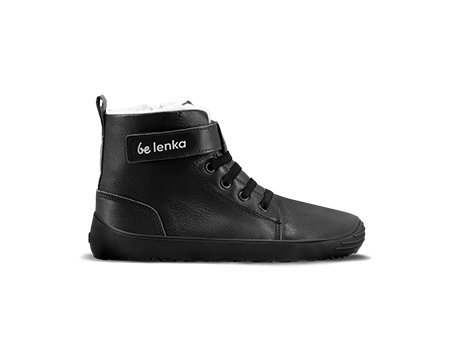



 Be Lenka
Be Lenka


